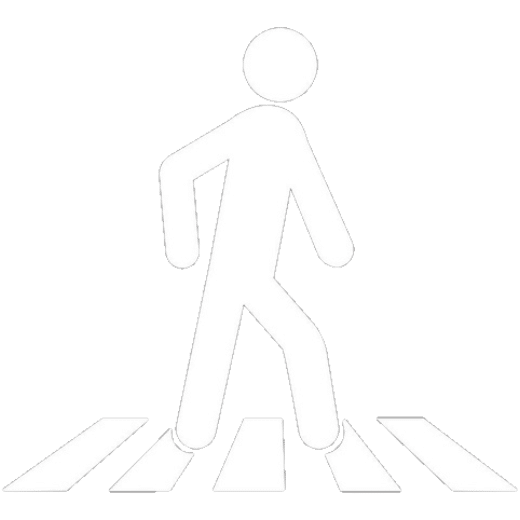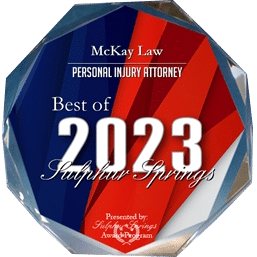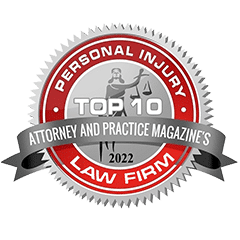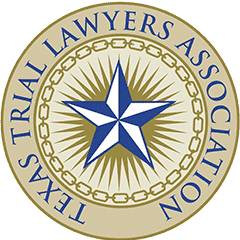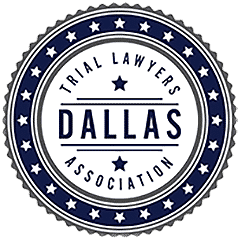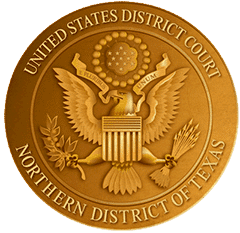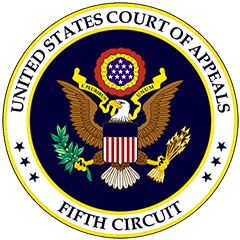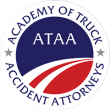In the world of personal injury cases, understanding premises liability is crucial. Whether you’re a property owner or someone who suffered an injury on someone else’s property, this area of law can have a significant impact on your rights and legal recourse. In this article, we will delve into the intricacies of premises liability, providing you with the knowledge you need to navigate personal injury cases effectively. From slip and fall accidents to inadequate security, we will explore the various types of cases that fall under premises liability and discuss key legal concepts. Furthermore, we will highlight the responsibilities of property owners and how their negligence can result in injuries. By the end of this article, you will have a solid understanding of the fundamentals of premises liability and be better equipped to protect your rights in personal injury cases. So, let’s get started, shall we?
Types of premises liability cases
Premises liability cases encompass a wide range of situations where an individual sustains an injury due to unsafe or hazardous conditions on someone else’s property. Understanding the different types of premises liability cases can help you identify if you have a valid claim. One common type of case is slip and fall accidents, where an individual slips or trips on a hazardous surface, such as a wet floor or uneven pavement. These accidents can occur in various locations, including stores, restaurants, and private residences.
Another type of premises liability case involves inadequate security. Property owners have a duty to provide a safe environment for visitors and guests. If a property owner fails to take adequate security measures, such as installing proper lighting or maintaining functional security systems, and someone is injured as a result, the injured party may have a premises liability claim. These cases often arise in situations such as assaults in parking lots or apartment complexes.
Additionally, premises liability cases can include injuries caused by defects or dangerous conditions on the property. This can include situations such as falling objects, broken stairs, or faulty electrical systems. Property owners have a duty to inspect their premises regularly and address any potential hazards. If they fail to do so and someone is injured, they may be held liable for the damages.
Elements of a premises liability claim
To establish a premises liability claim, certain elements need to be present. These elements may vary depending on the jurisdiction, but generally include the following: duty of care, breach of duty, causation, and damages. The duty of care refers to the legal obligation of property owners to maintain a safe environment for visitors. Property owners must take reasonable steps to prevent injuries and warn visitors about any known hazards. A breach of duty occurs when the property owner fails to fulfill their duty of care. This can involve negligence, such as failing to address a hazardous condition or not providing adequate warnings. Causation requires showing that the property owner’s breach of duty directly caused the injury. Finally, damages refer to the physical, emotional, and financial harm suffered by the injured party.
Common causes of premises liability accidents
Premises liability accidents can happen for a variety of reasons, often due to hazardous conditions or negligence on the part of the property owner. One common cause is slippery surfaces. Whether it’s a wet floor, icy pavement, or spilled liquids, slippery surfaces can lead to slip and fall accidents. Property owners have a duty to promptly address these issues and warn visitors of the potential danger.
Another common cause of premises liability accidents is inadequate maintenance. Property owners must regularly inspect their premises to identify and repair any defects or hazards. Failure to maintain the property can result in injuries, such as broken stairs, loose handrails, or collapsing structures.
Insufficient security can also lead to premises liability accidents. Property owners have a responsibility to provide a safe environment and protect visitors from foreseeable harm. This includes implementing security measures such as proper lighting, surveillance cameras, and security personnel. If a property owner fails to provide adequate security and someone is injured due to criminal activity, they may be held liable.
Duty of care in premises liability cases
The concept of duty of care is central to premises liability cases. Property owners have a legal duty to exercise reasonable care in maintaining their premises and ensuring the safety of visitors. The extent of this duty can vary depending on the relationship between the property owner and the visitor. For example, invitees, who are individuals invited onto the property for business purposes, are owed the highest duty of care. Property owners must regularly inspect their premises, address any known hazards, and warn invitees of potential dangers. Licensees, who are social guests or individuals with implied permission to enter the property, are owed a slightly lower duty of care. Property owners must warn licensees of known hazards but are not necessarily required to actively inspect for dangers. Trespassers, on the other hand, are owed the lowest duty of care. Property owners generally only need to refrain from intentionally causing harm to trespassers.
Proving negligence in premises liability cases
To succeed in a premises liability claim, the injured party must prove negligence on the part of the property owner. This generally involves demonstrating that the property owner knew or should have known about the hazardous condition and failed to address it. Proving negligence often requires gathering evidence, such as photographs, witness statements, maintenance records, and incident reports. It’s essential to document the condition of the property at the time of the accident and establish that the property owner had a reasonable opportunity to correct the hazard.
It’s also important to note that some states follow comparative negligence laws, which means that the injured party’s own negligence can affect their ability to recover damages. In these cases, the court may assign a percentage of fault to both the property owner and the injured party. The injured party’s compensation may be reduced based on their level of responsibility for the accident.
Defenses in premises liability cases
Property owners may raise several defenses to premises liability claims. One common defense is the “open and obvious” doctrine, which states that property owners are not liable for injuries caused by hazards that were open and obvious to the injured party. For example, if a person trips over a clearly visible object, the property owner may argue that the hazard was open and obvious, and the injured party should have taken reasonable steps to avoid it.
Another defense is the “assumption of risk” doctrine. This defense asserts that the injured party willingly assumed the risk of injury by engaging in a known dangerous activity. For example, if someone participates in a contact sport on someone else’s property and gets injured, the property owner may argue that the injured party assumed the risk of injury by participating in the activity.
Additionally, property owners may argue that they took reasonable steps to address the hazard and that the injured party’s own negligence caused or contributed to the accident. These defenses can complicate premises liability cases and highlight the importance of gathering evidence to support the injured party’s claim.
Damages in premises liability cases
If successful in a premises liability claim, the injured party may be entitled to various types of damages. These can include economic damages, such as medical expenses, lost wages, and property damage. Non-economic damages, such as pain and suffering, emotional distress, and loss of enjoyment of life, may also be awarded. In some cases, punitive damages may be available if the property owner’s conduct was particularly egregious or malicious. The amount of damages awarded will depend on the specific circumstances of the case and the extent of the injuries suffered.
Steps to take if you are injured on someone else’s property
If you suffer an injury on someone else’s property, it’s crucial to take certain steps to protect your rights and strengthen your premises liability claim. The first step is to seek medical attention for your injuries. Even if you believe your injuries are minor, it’s important to have a medical professional evaluate your condition and document your injuries. This will not only ensure your well-being but also provide critical evidence for your claim.
Next, gather evidence related to the accident. Take photographs of the hazardous condition, if possible, and collect contact information from any witnesses. If there are any incident reports or maintenance records available, request copies of those as well. This evidence will help support your claim and establish the property owner’s negligence.
It’s also important to report the incident to the property owner or manager as soon as possible. Provide a clear and concise account of what happened, and ensure that it is documented in writing. This will create an official record of the accident and help establish notice of the hazardous condition.
Finally, consult with a personal injury attorney who specializes in premises liability cases. An experienced attorney will assess the merits of your claim, guide you through the legal process, and advocate for your rights. They will help gather evidence, negotiate with insurance companies, and, if necessary, represent you in court.
Conclusion
Premises liability is a complex area of law that can have a significant impact on personal injury cases. Understanding the types of premises liability cases, the elements of a claim, and the responsibilities of property owners is crucial for protecting your rights and seeking compensation for your injuries. By recognizing common causes of premises liability accidents, knowing the duty of care owed by property owners, and understanding how to prove negligence, you can navigate personal injury cases more effectively. Remember to take prompt action if you are injured on someone else’s property, seeking medical attention, gathering evidence, and consulting with a personal injury attorney. With this knowledge and the right legal representation, you can pursue justice and the compensation you deserve.












